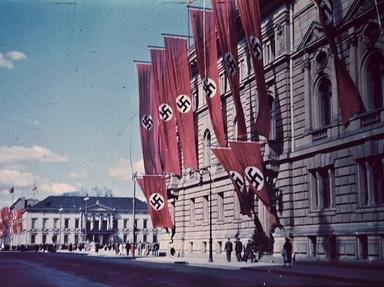Quiz Answer Key and Fun Facts
1. The Night of the Long Knives was also known by what codename?
2. The main targets of the Night of the Long Knives were members of which corps of the Nazi party?
3. As early as May a list of names of those to be targeted for assassination was circulated. Which two prominent Nazi figures exchanged names on this list in order to protect particular friends or allies?
4. In an effort to legitimise the actions of the Night of the Long Knives, evidence was manufactured which implied that there was a plot to overthrow Hitler. This plot was allegedly funded by which European country?
5. Despite months of demands and pressure for Hitler to act he did not move until mid-summer. What finally pushed him into action?
6. In which Bavarian town was Ernst Röhm arrested?
7. Who actually arrested Ernst Röhm?
8. The Night of the Long Knives had a number of high-profile targets. Who was NOT among the victims?
9. Ernst Röhm committed suicide on July 2, 1934.
10. 'The Night of the Long Knives' has been used to describe other events of political treachery. Which of the following is NOT one of these events?
Source: Author
EmmaF2008
This quiz was reviewed by FunTrivia editor
bloomsby before going online.
Any errors found in FunTrivia content are routinely corrected through our feedback system.

